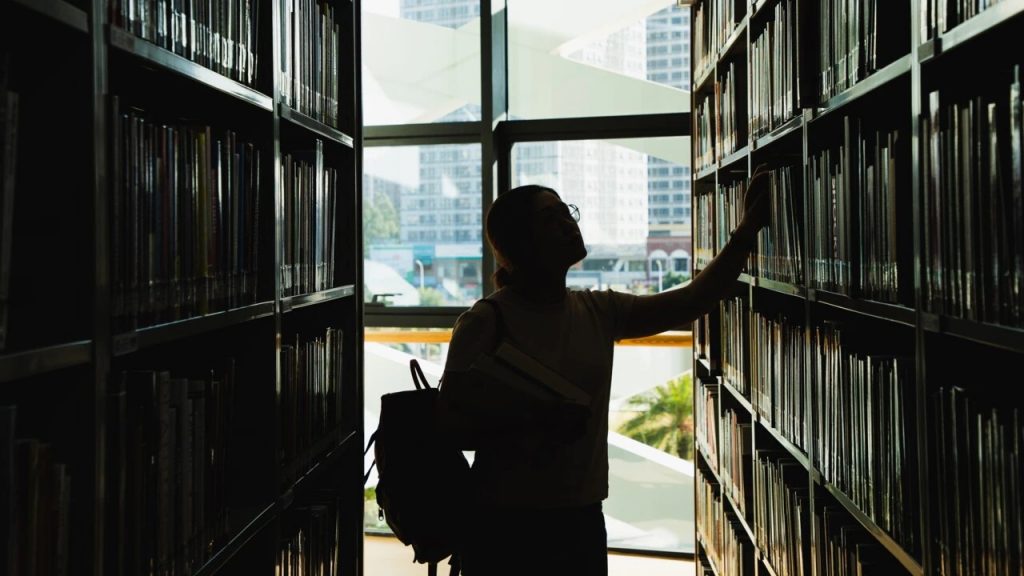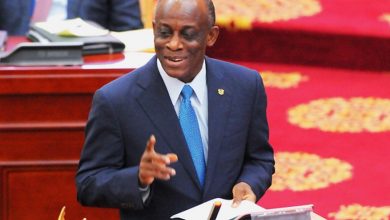Australia to cap international student enrolments amidst migration concerns

Australia is set to introduce a cap on the number of new international students it accepts, aiming to reduce overall migration to pre-pandemic levels.
The country, known for having one of the largest international student markets globally, will limit new enrolments to 270,000 for 2025.
Each higher education institution will face specific restrictions, with vocational education and training providers seeing the most significant cuts, according to the government’s announcement on Tuesday.
The decision has sparked outrage in the tertiary education sector, with some universities labeling it as “economic vandalism.”
However, the Australian government argues that the measure will enhance the quality and sustainability of the sector. Currently, Australia hosts approximately 717,500 international students, based on early 2024 data.
Education Minister Jason Clare acknowledged the severe impact the pandemic had on higher education, especially when Australia enforced strict border controls and sent foreign students home.
He noted, however, that international student numbers have rebounded, with a 10% increase in university enrolments and a 50% rise in private vocational and training providers compared to pre-COVID levels.
“Students are back but so are the shonks—people seeking to exploit this industry to make a quick buck,” Mr. Clare stated, referencing concerns over unethical practices within the industry.
The government has previously criticized some providers for enrolling students without adequate language skills, offering substandard education, or accepting individuals more interested in working than studying.
Mr. Clare emphasized that the reforms are intended to make the sector “better and fairer,” setting it on a “more sustainable footing going forward.”
He added that the restrictions would also help address Australia’s record-high migration levels, which have exacerbated housing and infrastructure challenges.
The government has already introduced stricter English-language requirements for international students and increased scrutiny of second study visa applications, while also penalizing hundreds of “dodgy” providers.
Under the new policy, public universities will be limited to 145,000 new international students in 2025, maintaining their 2023 levels.
Private universities and non-university higher education providers will be capped at 30,000, while vocational education and training institutions will be restricted to 95,000.

In addition, the policy includes incentives for universities to build more housing for international students.
Despite these measures, higher education providers argue that the sector is being unfairly targeted as a “fall guy” for broader housing and migration issues.
They warn that the cap could severely damage the industry, which contributed A$36.4 billion (£18.7 billion, $24.7 billion) to the Australian economy in 2022-23, making it the country’s fourth-largest export during that period.
Economic modeling commissioned by Sydney University, where international students constitute about half of the enrolments, suggests that the proposed cuts could cost the Australian economy $4.1 billion and lead to approximately 22,000 job losses in 2025.
Vicki Thomson, chief executive of a group representing some of Australia’s top universities, described the proposed laws as “draconian” and “interventionist,” and reiterated earlier criticisms of the policy as “economic vandalism.”
Mr. Clare acknowledged that some institutions might need to make tough budget decisions but rejected the notion that the cap would devastate the industry.
“To create the impression that this is somehow tearing down international education is absolutely and fundamentally wrong,” he stated.
Source-BBC





